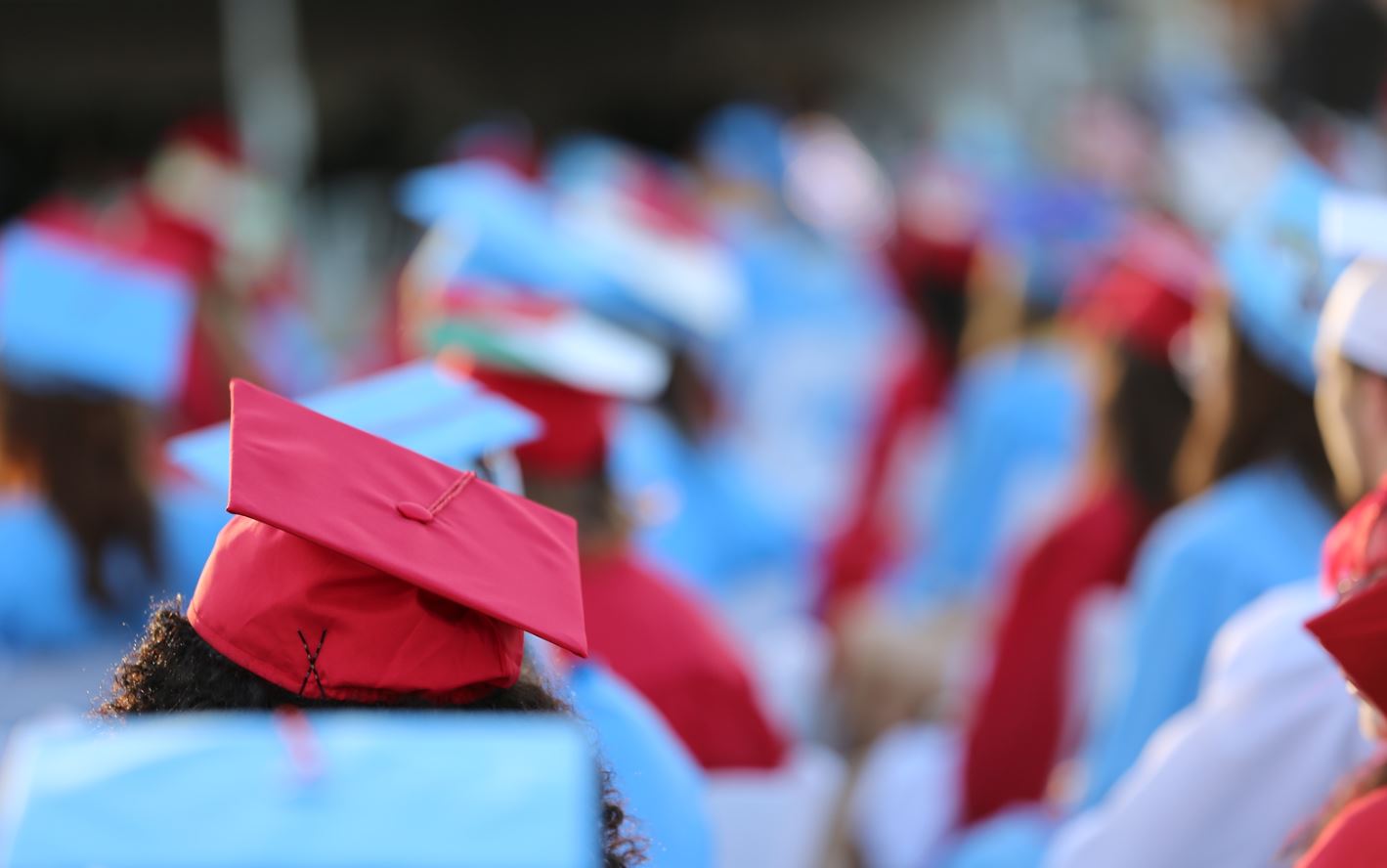Astronaut Jack R. Lousma, Skylab 3 pilot, participates in the Aug. 6, 1973, extravehicular activity. Photo via Rawpixel, CC0 1.0
On June 5, 2024, mission leader, Sunita Williams and commander of the Crew Flight Test mission, Barry Wilmore, of the International Space Station, (ISS), and of the Boeing Starliner spacecraft, became stranded in the ISS due to helium leaks in the thruster system.
The goal of the trip was to make sure that people can fly safely to the ISS. The expedition was intended to last a week, but their return home is delayed until February 2025. A SpaceX Crew Dragon craft will take them home. In the meantime, all Willams and Wilmore can do is wait for the engineers to get the spacecraft ready for travel.
Williams and Wilmore are the first astronauts sent to space by Boeing with a $4.2 billion contract with NASA. This contributed to the steady privatization of space travel.
The Return to Home
Luckily, the astronauts are not too sad up in space. “This is my happy place. I love being up here in space,” Williams said on a call in the ISS with her husband, Michael, on August 9.
This is not Boeing’s first unsuccessful flight journey. In January of 2018, a Boeing Lion Air airplane crashed in the Java Sea and killed 346 people. In March of that year, a Boeing 737 Max airplane lost its door plug, creating federal investigations. Boeing then pled guilty to deceiving the Federal Aviation Administration under the investigation of the Max. In 2019 a Boeing 707 cargo craft, operated by Saha Island, crashed in Iran, killing 15 people.
Boeing employees are known for their rivalry with SpaceX, leaving them not too happy to have SpaceX saving their ship and astronauts.
“We have had so many embarrassments lately, we’re under a microscope. This just made it, like, 100 times worse,” said one worker at Boeing, speaking on the condition of anonymity.





